1. Kinder Surprise Eggs (USA)

If you’ve ever craved a nostalgic bite of chocolate with a toy surprise inside, you’re not alone—but you are out of luck in the U.S. Kinder Surprise Eggs have been banned here for years because of a 1938 law that prohibits embedding “non-nutritive objects” in food. That tiny plastic toy in the center? It’s apparently too dangerous for American snackers, at least in the eyes of customs. But that hasn’t stopped people from tucking a few eggs into their carry-ons after a European vacation shares the Takeout.
The funny part is, you can still buy Kinder Joy in the U.S., which is basically a split version with the toy on the side. But for purists, it’s not the same. Those who grew up overseas or spent time abroad know the excitement of cracking open the real thing. Customs agents have actually confiscated thousands of these over the years adds Yahoo. Still, travelers keep sneaking them back, probably thinking, “It’s just a chocolate egg… how bad can it be?”
2. Haggis (USA)

Haggis might be a symbol of Scottish pride, but try bringing it back to the U.S., and you’re going to have a problem. The ban has been in place since 1971 because traditional haggis includes sheep lungs, which are not allowed in American food products. That’s right—lungs are the culprit. It sounds dramatic, but the USDA isn’t budging says Tasting Table.
Despite that, there are always determined foodies attempting to smuggle it in, especially after a trip to Scotland where it’s served at nearly every pub. For some, it’s not just about the taste—it’s about bringing back a piece of the culture. Even Scottish-Americans hoping to celebrate Burns Night authentically have been known to risk it. TSA agents have likely seen their fair share of oddly-labeled meat puddings over the years explains WSJ.
3. Marmite (Denmark)
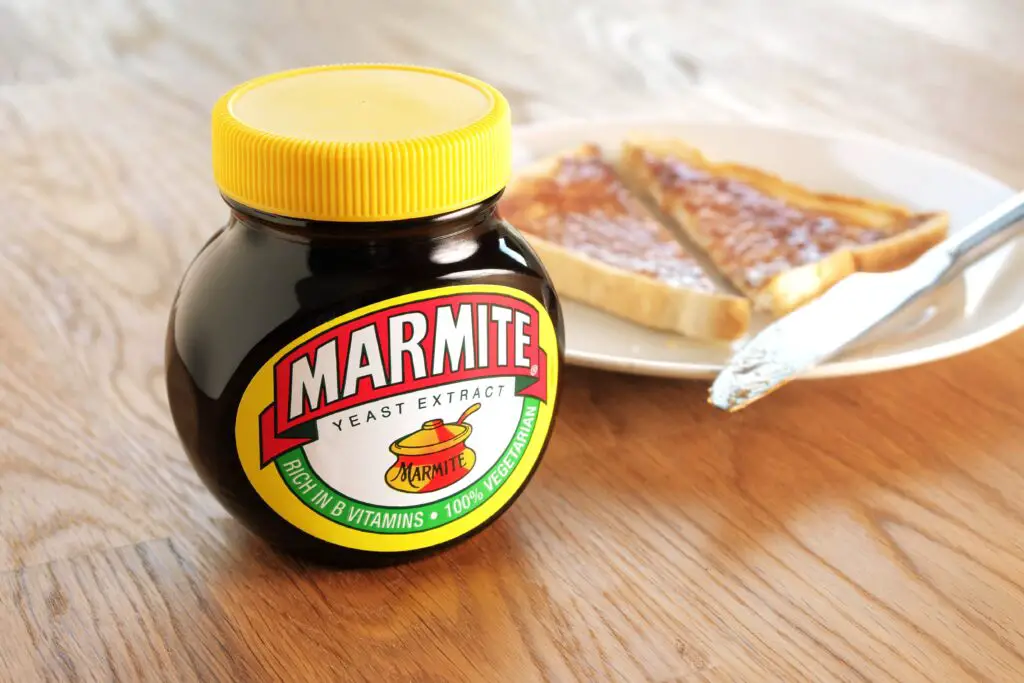
Love it or hate it, Marmite is a big deal in the UK—but it’s a no-go in Denmark. The country banned it in 2011 because of its added vitamins, which require special approval under Danish law. Yes, it’s literally illegal there because it’s too “fortified.” And for die-hard fans, that just makes it even more desirable.
British tourists in Denmark have admitted to sneaking a jar or two in their bags, especially when they’re planning a longer stay. It might be salty and polarizing, but for some, it’s essential to a proper breakfast. There’s just something comforting about that yeasty spread on toast. If you’ve grown up with it, going without feels like leaving a part of yourself behind.
4. Samosa (Somalia)
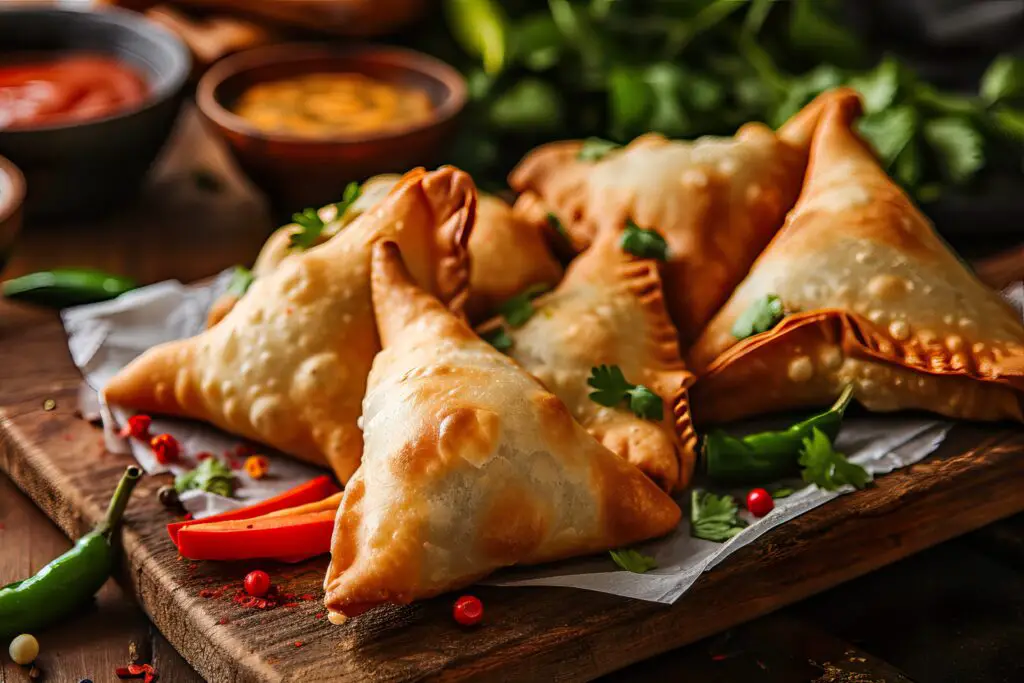
Samosas—those golden, crispy triangles of joy—are actually banned in Somalia. The reasoning? In 2011, the militant group Al-Shabaab claimed their triangular shape represented the Christian Holy Trinity. It sounds bizarre, but the ban is real, and possession of samosas could get you into serious trouble there.
Still, they haven’t disappeared entirely. Families continue to cook and eat them quietly at home, and travelers from neighboring countries often risk bringing them across the border. For many, it’s less about rebellion and more about comfort food. When something tastes that good, people will find a way to hold on to it.
5. Chewing Gum (Singapore)

Singapore has one of the cleanest public transportation systems in the world, and chewing gum is part of the reason why. Since 1992, gum has been banned (with a few medical exceptions) because people kept sticking it in places it didn’t belong. Seriously—trains, sidewalks, mailboxes—you name it. The government finally said, “Enough.”
But travelers still try to sneak some in, especially if they’re just visiting and don’t realize the rules. Some even stash a few packs for personal use, figuring no one will notice if they’re discreet. For frequent gum chewers, it’s tough to give up cold turkey. You might catch a few tourists chewing sheepishly behind a pillar, praying no one’s watching.
6. French Cheese with Live Mites (USA)
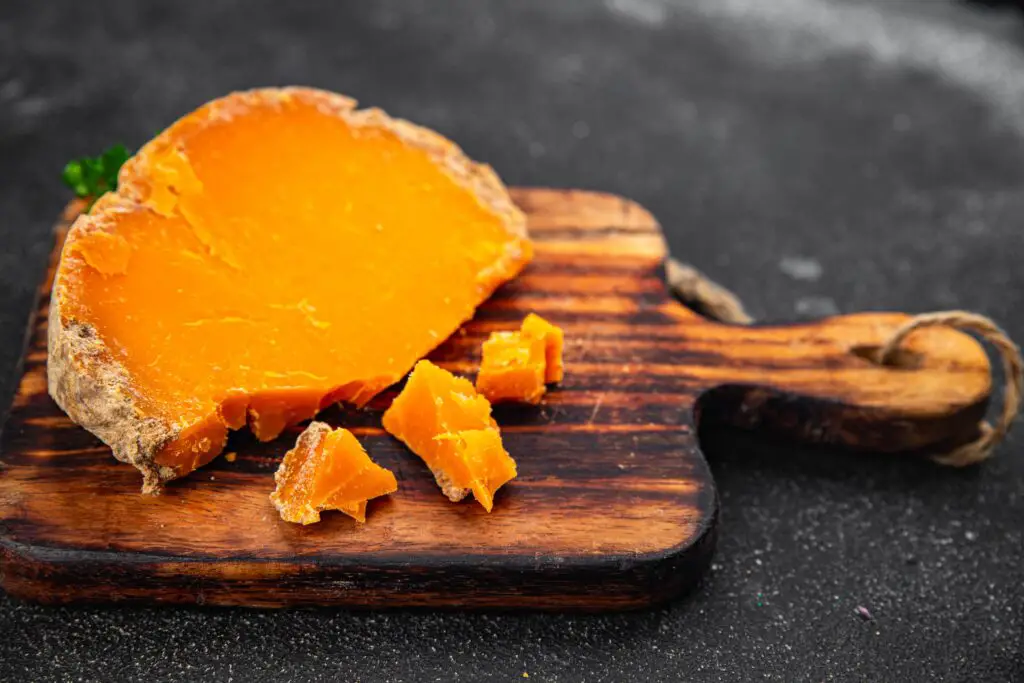
This one is not for the faint of heart—or the squeamish. Mimolette, a bright orange French cheese, has a rind intentionally colonized by cheese mites. They help develop the flavor and texture, but the idea of eating something that’s been crawling with bugs doesn’t sit well with the FDA. So, it’s banned in the U.S. if the mite count is too high.
Still, cheese connoisseurs swear by its nutty, complex taste and have been known to bring it back in carefully wrapped packages. It’s not exactly illegal to own it—just to import too much of it. So some travelers get creative, hiding wedges in their luggage and hoping for the best. A little mite never hurt anybody, right?
7. Fugu (USA)
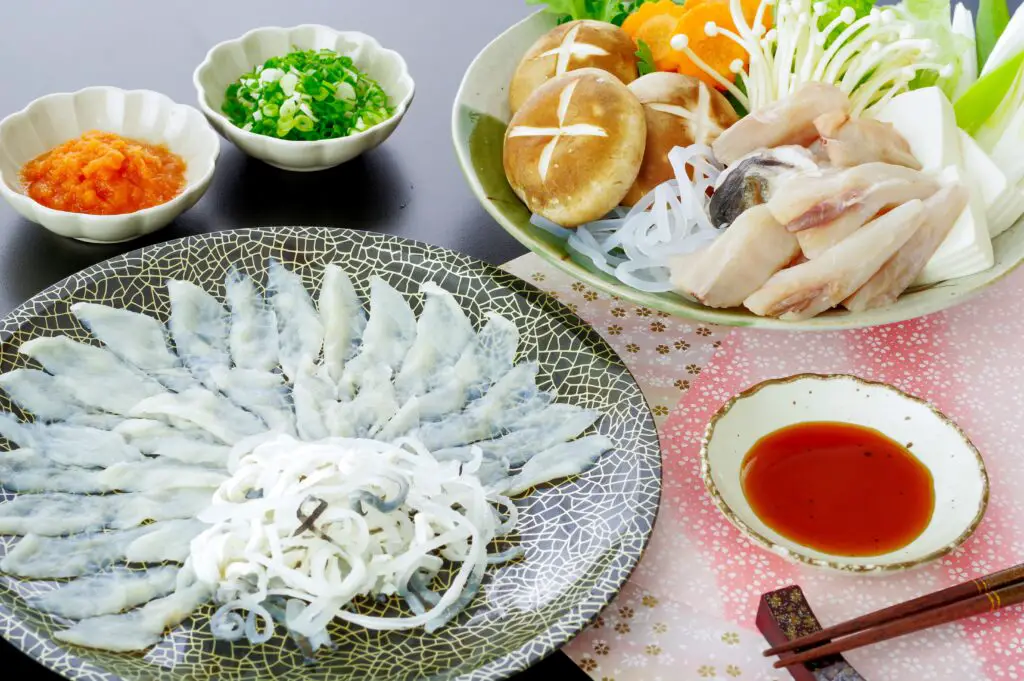
Fugu, or pufferfish, is one of the most dangerous delicacies in the world—and it’s tightly regulated in the U.S. because if it’s not prepared correctly, it can be fatal. The liver, ovaries, and skin contain deadly toxins. Only specially trained chefs are allowed to serve it in Japan, and even then, it’s taken seriously.
But some adventurous eaters want the thrill, and they’ll go out of their way to get a taste while abroad. A few even attempt to sneak it back, though customs is quick to seize suspicious seafood. It’s more common for people to bring back dried or frozen versions and hope it doesn’t raise any red flags. If you’re chasing bragging rights, though, there are definitely safer ways to do it.
8. Irn-Bru (Canada)
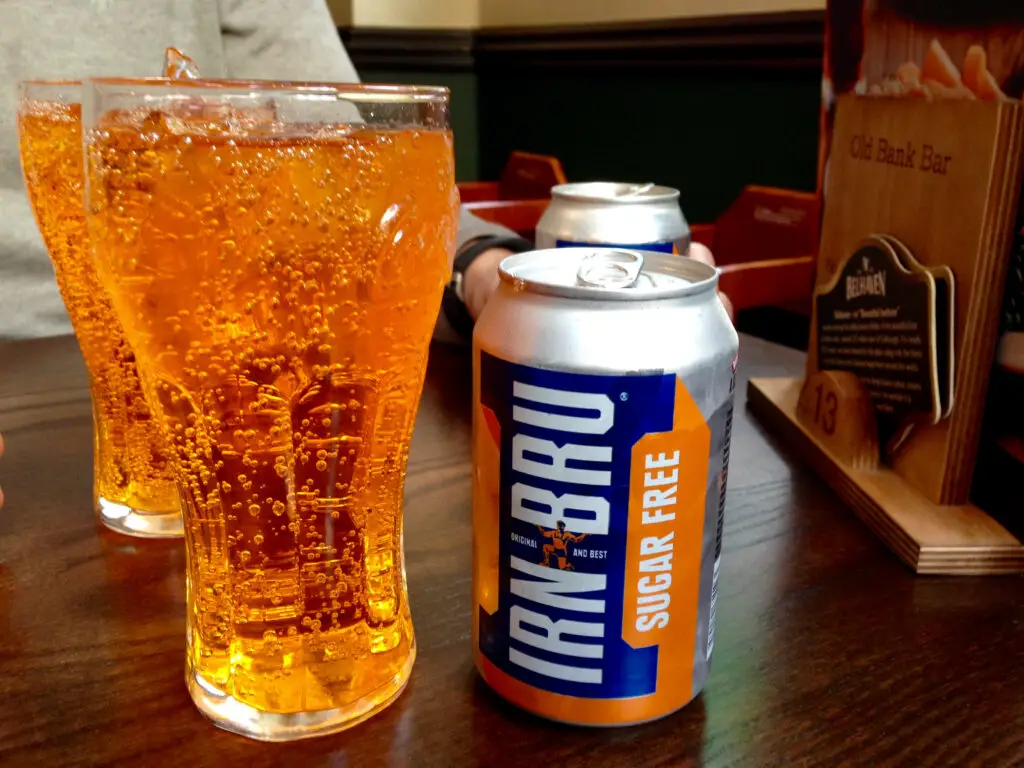
Irn-Bru is Scotland’s other national drink (after whisky), but it’s banned in Canada due to one little ingredient: Ponceau 4R, a food coloring that isn’t approved by Health Canada. That bright orange hue comes at a cost. Canadians can’t legally buy or import it in large quantities.
But Scottish expats and fans of the fizzy beverage have been known to bring back bottles tucked away in their suitcases. It’s more than just soda—it’s nostalgia in a can. People who grew up with it often describe it as tasting like bubblegum meets citrus, and nothing else quite compares. So if someone offers you a can from their “personal stash,” you’d better appreciate it.
9. Horse Meat (USA)

While it’s considered a delicacy in parts of Europe and Asia, horse meat is banned from being sold or imported for consumption in the U.S. The idea of eating horse just doesn’t sit well with most Americans, so legislation has made it virtually impossible to find legally. But travelers visiting places like France, Belgium, or Japan might sample it—and some even try to bring it back.
That said, border agents aren’t exactly thrilled to see vacuum-sealed steaks of questionable origin. The rules are strict, especially when it comes to meat products. But for those who see it as just another protein, the temptation is there. It’s one of those taboo foods that sparks curiosity whether you agree with it or not.
10. Maggi Noodles (India, briefly)
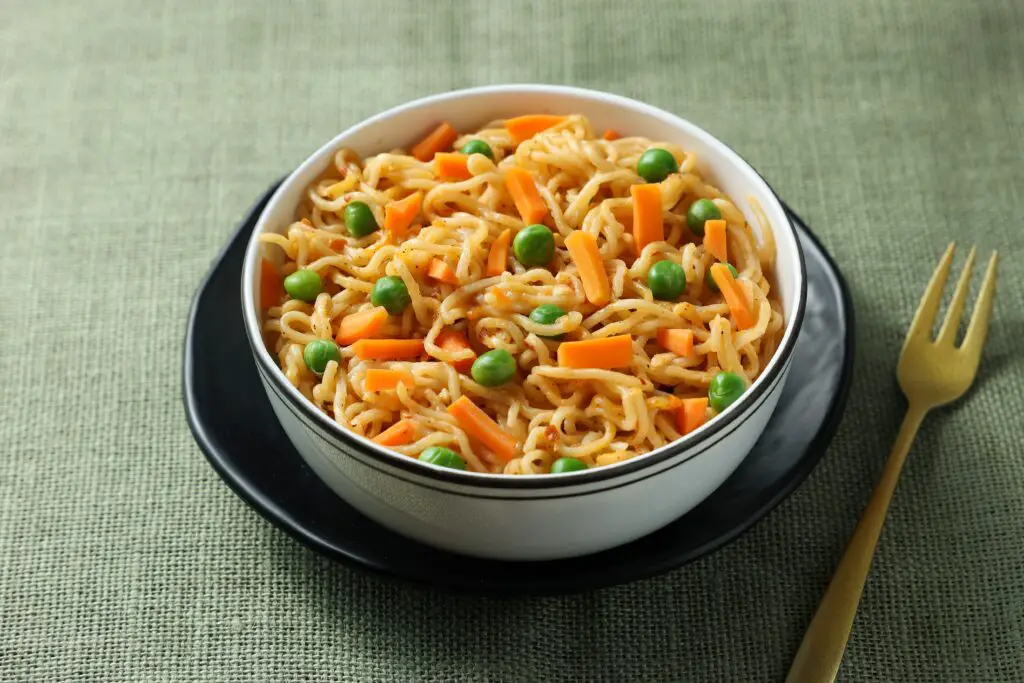
For a while in 2015, Maggi instant noodles—hugely popular in India—were pulled from shelves because tests showed they contained excessive lead and MSG. The government issued a nationwide recall, and suddenly a beloved snack was off-limits. That didn’t stop people from hoarding packets or smuggling them from regions where they were still on sale.
Even as stores complied, fans weren’t ready to give up their go-to comfort food. Some brought it back in their luggage when visiting family abroad, treating it like contraband gold. It’s just noodles, but in India, Maggi is practically a cultural staple. Luckily, it returned to shelves after testing, but during the ban, it was the kind of snack you’d whisper about and pass along like it was treasure.
11. Ackee Fruit (USA)
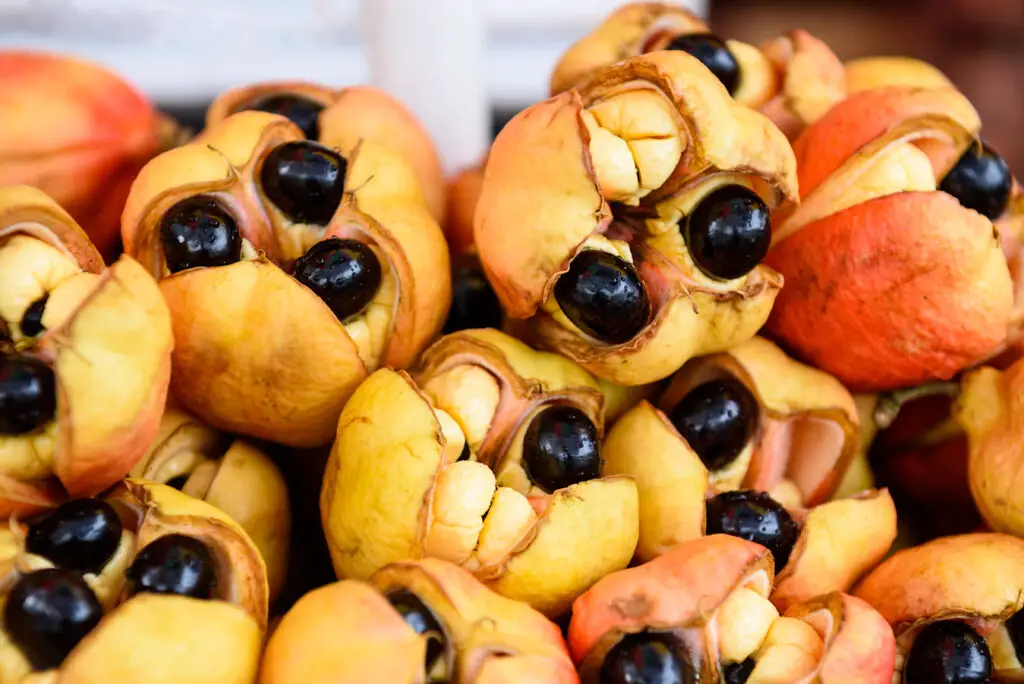
Ackee is the national fruit of Jamaica, but you won’t find fresh versions of it in the U.S. because it can be toxic if not properly prepared. The unripe fruit contains hypoglycin, which can lead to something called Jamaican Vomiting Sickness. Sounds appetizing, right? That’s why the FDA only allows the import of canned, pre-processed ackee from approved sources.
Still, visitors returning from the Caribbean have been known to sneak back a few fresh pods for their families. For Jamaican-Americans, it’s not just about the fruit—it’s about tradition and meals like ackee and saltfish. But the risks are real, and customs doesn’t mess around. Even a small amount could land you in trouble—or worse, the hospital.
12. Spotted Dick (USA)

Spotted Dick, a classic British pudding, has raised more than a few eyebrows in the U.S.—and it’s been banned in certain school cafeterias and hospitals for its “offensive” name. While it’s not banned at the national level, the name alone has gotten it pulled from menus and shelves more than once. Some places rebranded it entirely to avoid complaints.
Still, British travelers have a sense of humor about it and often bring cans of it as gag gifts—or legitimate dessert. It’s a dense sponge pudding with dried fruit, kind of like a cousin to fruitcake. Despite its strange name, it’s rich, sweet, and best with custard. Just don’t giggle too hard when pulling it out of your suitcase at customs.
13. Casu Marzu (EU & USA)
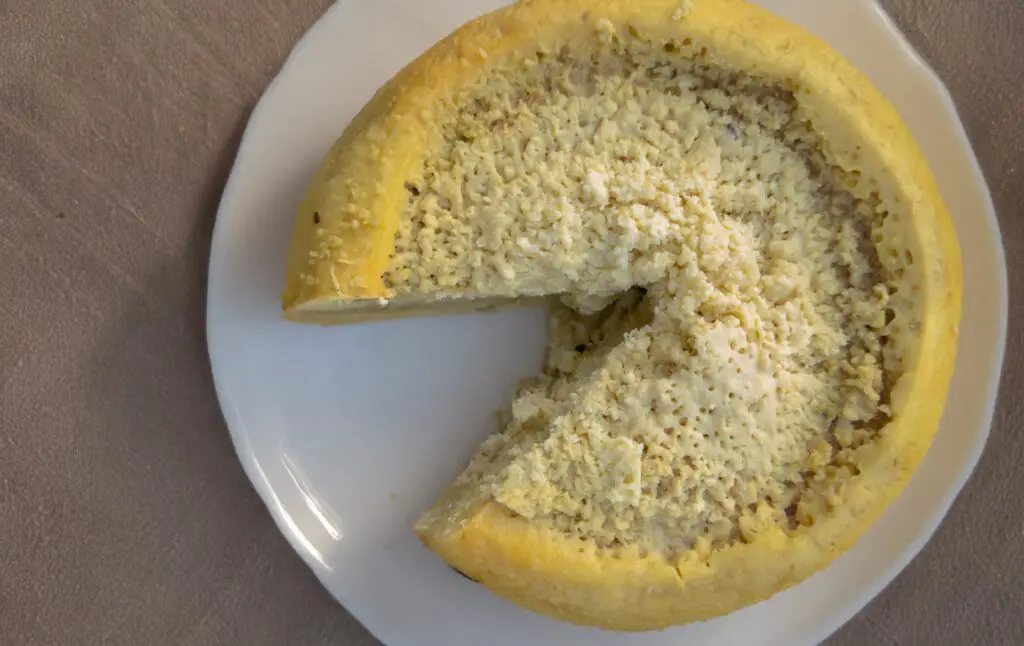
Casu Marzu is a Sardinian cheese known for one infamous feature: it’s full of live maggots. Yes, it’s intentionally fermented with insect larvae to break down the fats and give it a soft, spreadable consistency. Naturally, that makes it illegal in the EU and U.S., where food safety laws aren’t exactly maggot-friendly.
That hasn’t stopped brave travelers from trying to smuggle back small pieces in tightly sealed containers. It’s not widely available, even in Sardinia, and it’s technically banned there too—but locals still make and enjoy it. For the culinary curious, it’s a once-in-a-lifetime (or never) experience. But it’s definitely not TSA-approved.
14. Shark Fin Soup (USA & EU)

Once a symbol of wealth and luxury, shark fin soup is now banned in many countries due to the environmental damage caused by finning. In the U.S., several states prohibit the sale and possession of shark fins entirely. The EU has similar restrictions, especially regarding importation from non-compliant countries.
Despite the laws, some travelers try to sneak in dried fins or soup mixes, especially for traditional banquets or celebrations. It’s controversial, to say the least, and customs officials keep a sharp eye out for it. Conservation efforts have made it a symbol of a broader movement. Still, cultural ties to the dish run deep, and it hasn’t disappeared completely.
15. Tonka Beans (USA)
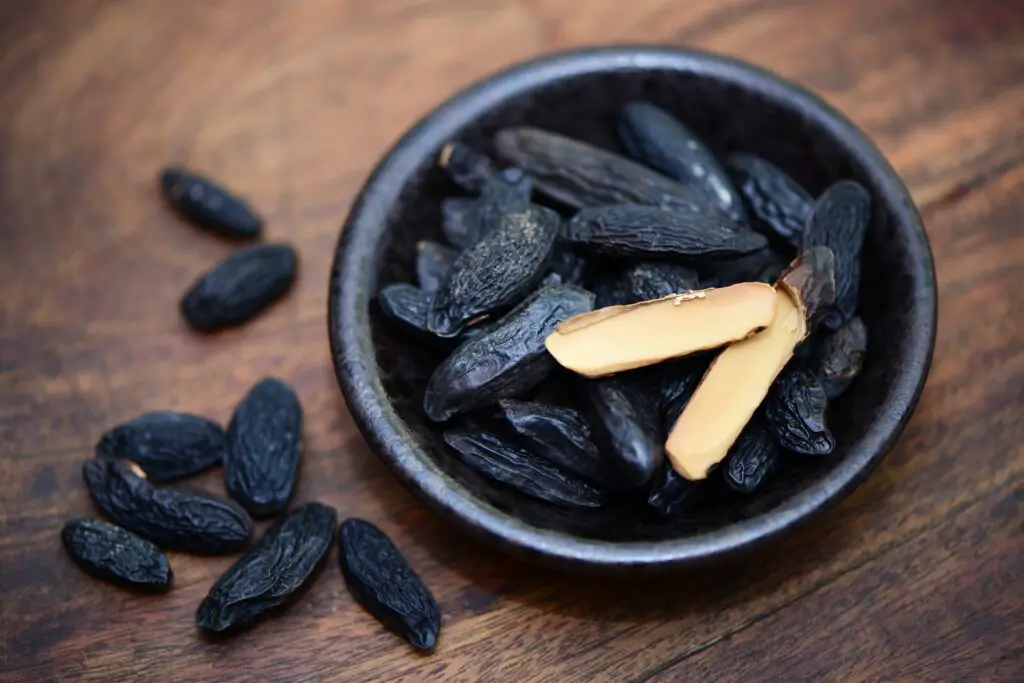
Tonka beans are prized in gourmet kitchens for their complex, vanilla-like aroma, but they’ve been banned by the FDA due to a naturally occurring chemical called coumarin, which can be toxic in high doses. It sounds dangerous, but you’d need to eat quite a bit to have any real effect. Still, the ban stands, making them an underground favorite among adventurous chefs.
Travelers who’ve encountered them in European or South American cuisine often try to bring them home in small batches. They’re usually tucked into spice jars or vacuum-sealed with labels that say something innocuous. For food lovers, the flavor is worth the risk. And let’s be honest—if you’ve ever tasted a custard made with tonka, you’d understand why.
